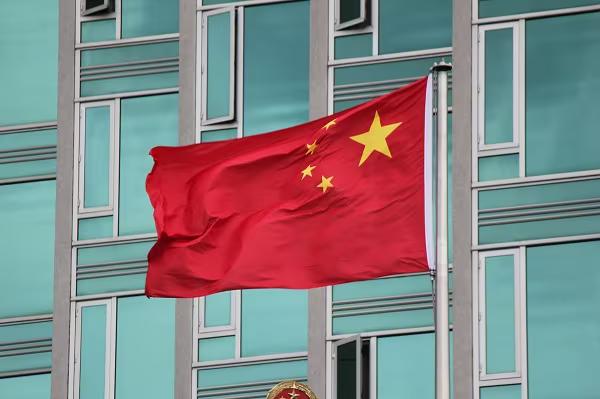
Deliberate focus needed to diversify away from China
This opinion piece was first published in Stuff on 5 December 2022.
Since New Zealand’s free-trade agreement with China came into force in late 2008, the share of our exports heading to China has lifted from 5% to as high as 32% last year. This well-documented trend clearly reflects the economic benefits to New Zealand of being hooked into the fast-growing Chinese market. But the increasing concentration on a single market has also raised questions of New Zealand’s overreliance on selling into a country where human rights and foreign policy tensions could easily lead to a breakdown in diplomatic relations. The decline in Australia’s share of exports heading to China since mid-2021 shows how political directives in China’s centrally managed economy can have dramatic and immediate effects on trade flows.
A trade strategy that actively encourages exporters to diversify their markets can mitigate these risks. If you’ve reached saturation point in your existing markets and are looking to expand, the identification and development of new markets is critical to growth. However, if you have an existing customer that is still keen to buy more of your product at a good price, the time and effort associated with breaking new ground can seem hard to justify. And given that New Zealand’s economy is only 1.3% the size of China’s, reaching saturation point for our products in China will be a relatively rare occurrence.
Greater diversification also requires coordination, and it is most easily achieved where there are a few major exporters in an industry or there is an industry association providing strategy to further its members’ interests. Government support and direction is also critical, to open doors and prepare the ground for exporters to explore new options in unfamiliar territory. Nevertheless, these factors do not prevent individual export-focused businesses from actively seeking growth and diversification opportunities. Government negotiations to reduce trade barriers with other countries can also effectively open new market opportunities that were previously not viable due to sizable import tariffs affecting New Zealand products, for example.
Identifying potential opportunities across Asia
Using our Export Market Finder (EMF), we have analysed 14 major Asian economies to examine the scope for diversification, and whether New Zealand’s preoccupation with China might have caused other export opportunities in the region to be overlooked. EMF looks at untapped export potential for products at a fine level of detail, filtering out unrealistic export markets where import demand for a product is small or in decline, as well as removing markets that are difficult to access in terms of shipping logistics, tariffs, or market concentration. The model also accounts for domestic production and export capabilities.
Across these 14 countries, EMF identifies a total of $41.3b in untapped export potential, equivalent to about half of New Zealand’s current global exports per year. But the fact that almost 40% of that untapped potential is in China demonstrates the issues posed by a single country that makes up 18% of the globe, in terms of both population and economic activity.
Let’s look more closely at the example of frozen boneless beef. New Zealand exported $3.7b of this beef in the last year, with $1.7b of that product going to China. EMF estimates that, if New Zealand had the production potential, we could conceivably increase our beef exports to China by another $1.9b. That figure alone is more than the total untapped export potential to the Philippines, Pakistan, Bangladesh, and Sri Lanka combined!
Nevertheless, EMF’s analysis of frozen boneless beef export markets also demonstrates that it would not take a huge shift to achieve greater diversification. Diverting product away from China could realistically boost beef export shares for Hong Kong, Japan, Indonesia, or Taiwan by between four and 12 percentage points.
Baby formula is another area where our heavy reliance on China could be mitigated by market diversification. An increased focus on exports to Malaysia, Vietnam, Taiwan, and Hong Kong could realistically reduce China’s share of our baby formula exports from 59% to 45%. By the same token, EMF also highlights that China could comfortably take all the baby formula New Zealand is currently producing, given the potential size of the export market!
China’s influence still strong, even with diversification
When it comes to diversification, the elephant in the room is that, of the six potential markets in the previous two paragraphs, all except Vietnam are in turn reliant on China as their largest export market. China’s sluggish economy means that 2022 is set to be its second-weakest year for GDP growth since 1976. The strong interlinkages between China and other Asian economies mean that the effects of this slowdown would still be largely unavoidable for our exporters, even if they were less reliant on selling directly into China. Greater diversification in the short term would not make New Zealand immune to downturns in the Chinese economy, although it would reduce the risks associated with specific Chinese political decisions about New Zealand or our export products. Looking out further, there’s a need to consider what other economies are likely to become more established demand sources and grow in terms of their export potential over the medium term.








